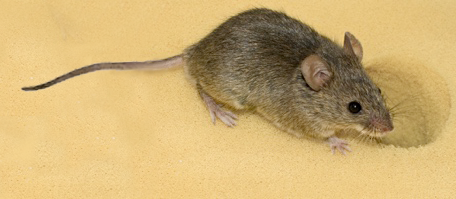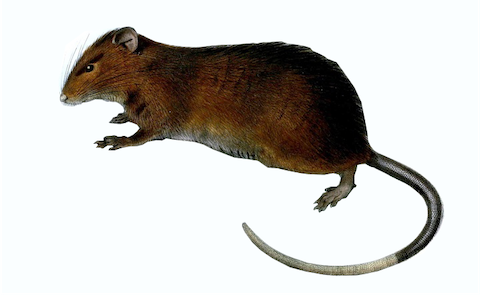Diabetes-prone NOD mice show an expanded subpopulation of mature circulating monocytes, which preferentially develop into macrophage-like cells in vitro.
Abstract
In the nonobese diabetic (NOD) mouse, a model of autoimmune diabetes, dendritic cells (DC), and macrophages (Mphi) is important for the initiation and progression of autoimmunity and the final destruction of beta-cells. Previous studies suggested that an aberrant development of DC and Mphi is related to their pathogenic function. To study this in vivo, we investigated NOD mouse monocytes, the direct precursors of DC, and Mphi. The recently described discrimination between immature (Ly-6C(high)) and mature (Ly-6C(low)) monocytes enabled us to investigate the apportioning between blood monocyte populations in the NOD mouse, which had an abnormally high number of mature monocytes in circulation, and this phenomenon appeared to be intrinsic to the NOD background, as nonobese resistant (NOR) and NOD-H2b mice also showed this altered balance. After depletion by apoptosis-inducing liposomes, the reappearance and transition of immature-to-mature monocytes had similar kinetics as control mice but led again to the presence of a larger, mature monocyte compartment in the blood. In addition, although monocytes from C57BL mice down-regulated their capability to adhere to fibronectin and intercellular adhesion molecule-1 upon maturation, the mature NOD monocytes retained their high adhesion capacity, characteristic of immature cells. Furthermore, both monocyte subpopulations of NOD mice showed enhanced differentiation into Mphi-like F4/80(high) cells in vitro. In conclusion, mice with the NOD background have raised numbers of mature monocytes in the circulation and a proinflammatory, Mphi-directed monocyte development.
| Authors: | Nikolic T, Bouma G, Drexhage HA, Leenen PJ |
|---|---|
| Journal: | J. Leukoc. Biol.; 2005 Jul; 78(1) 70-9 |
| Year: | 2005 |
| PubMed: | PMID: 15788439 (Go to PubMed) |


